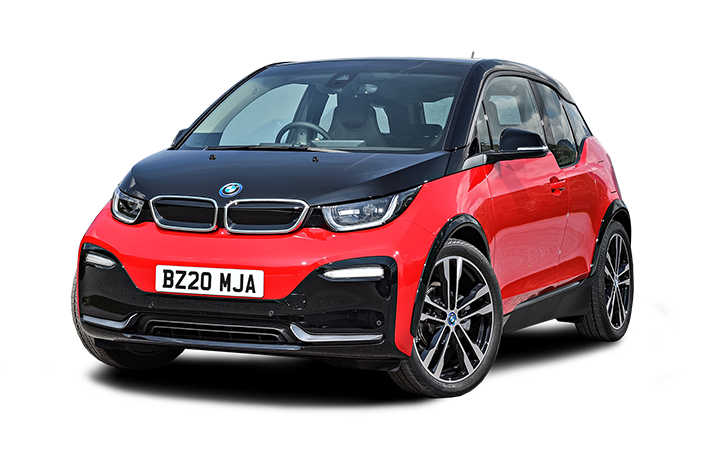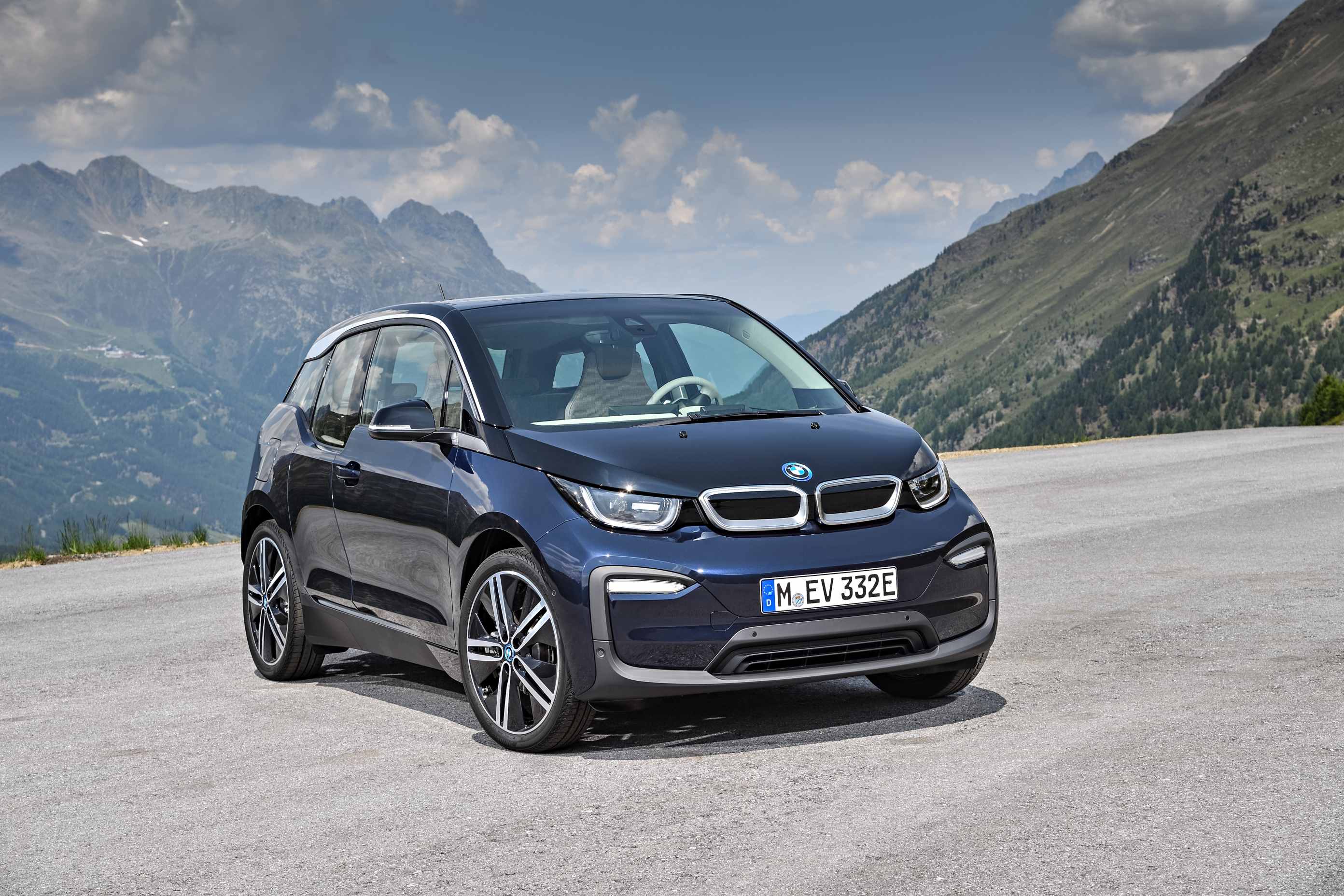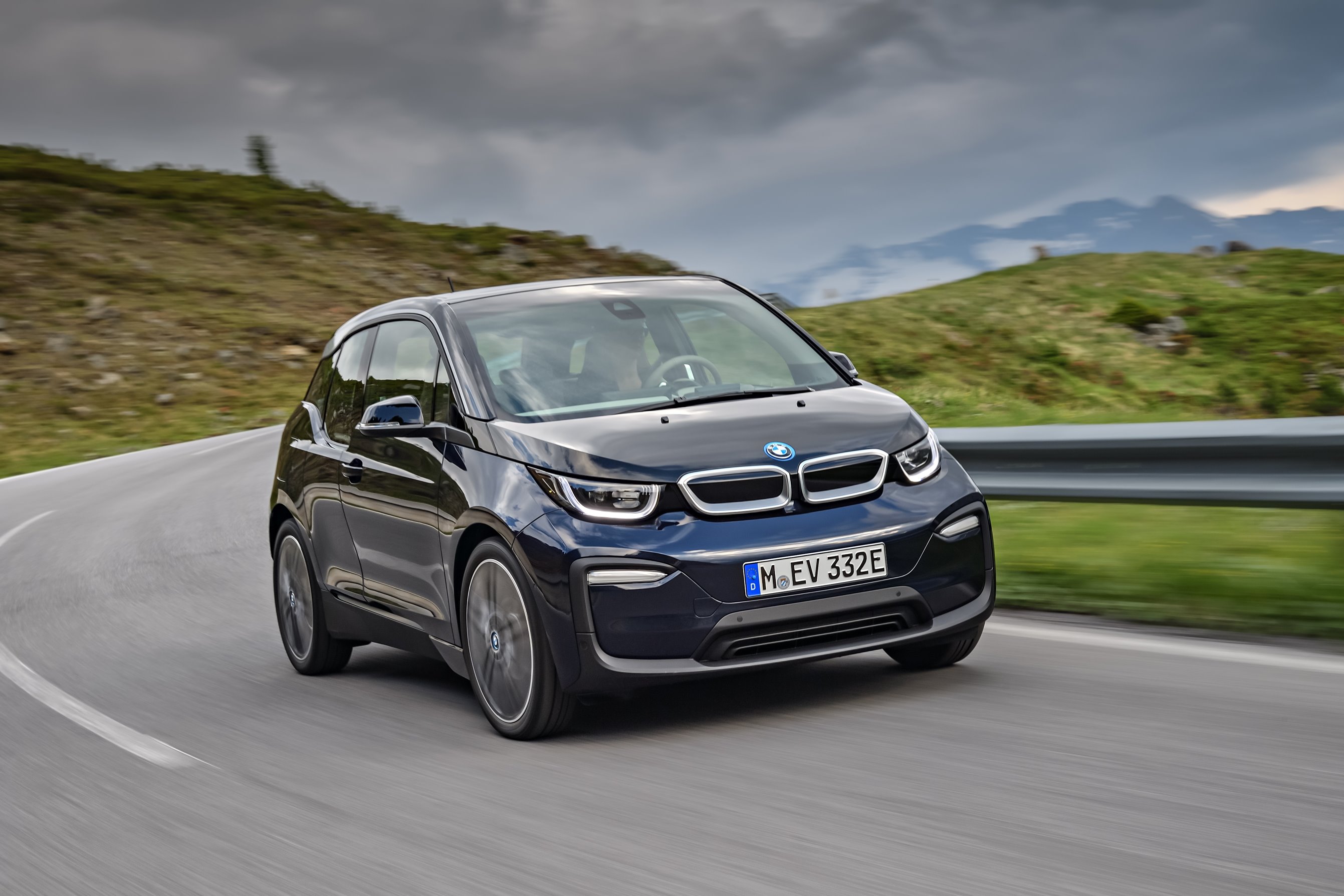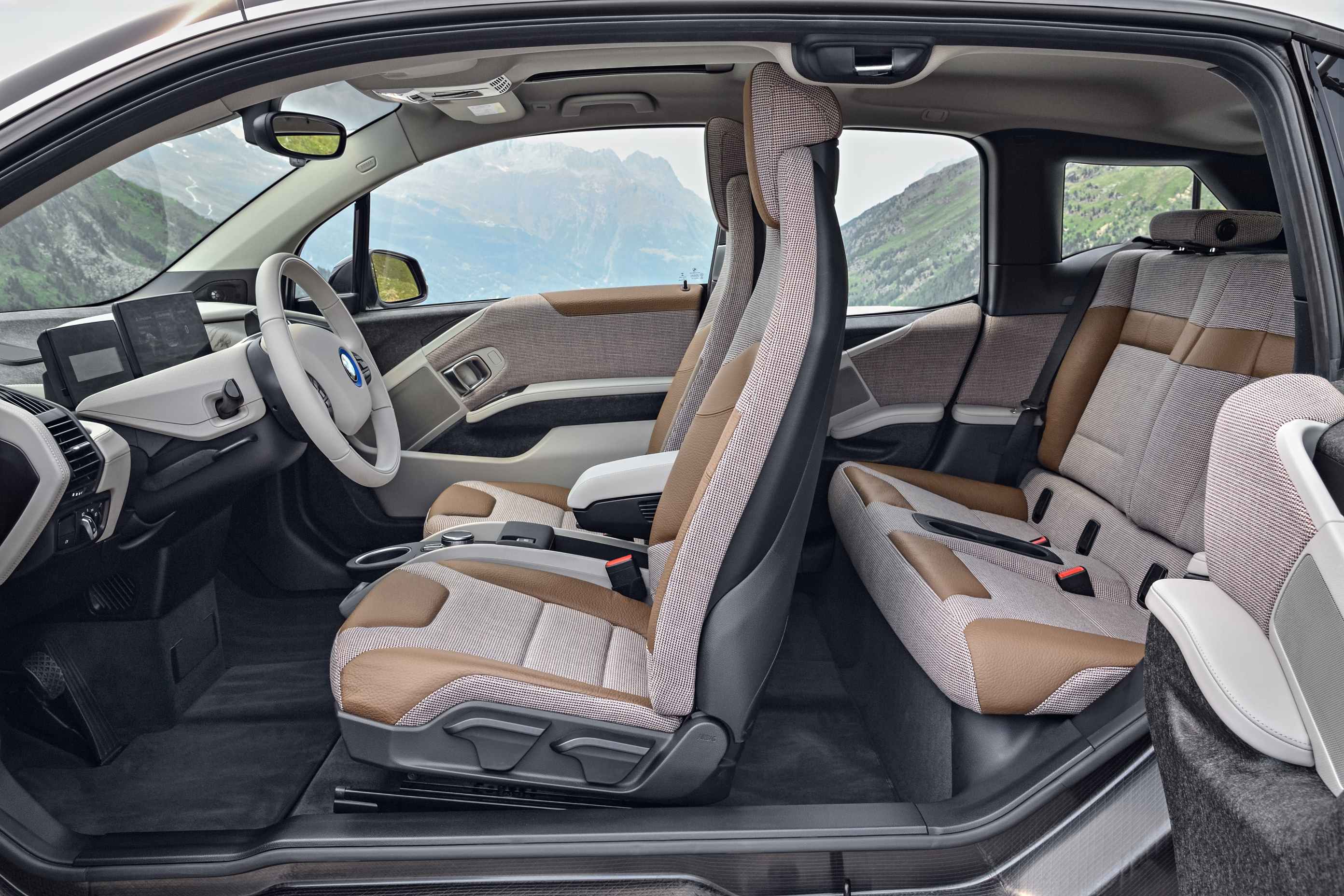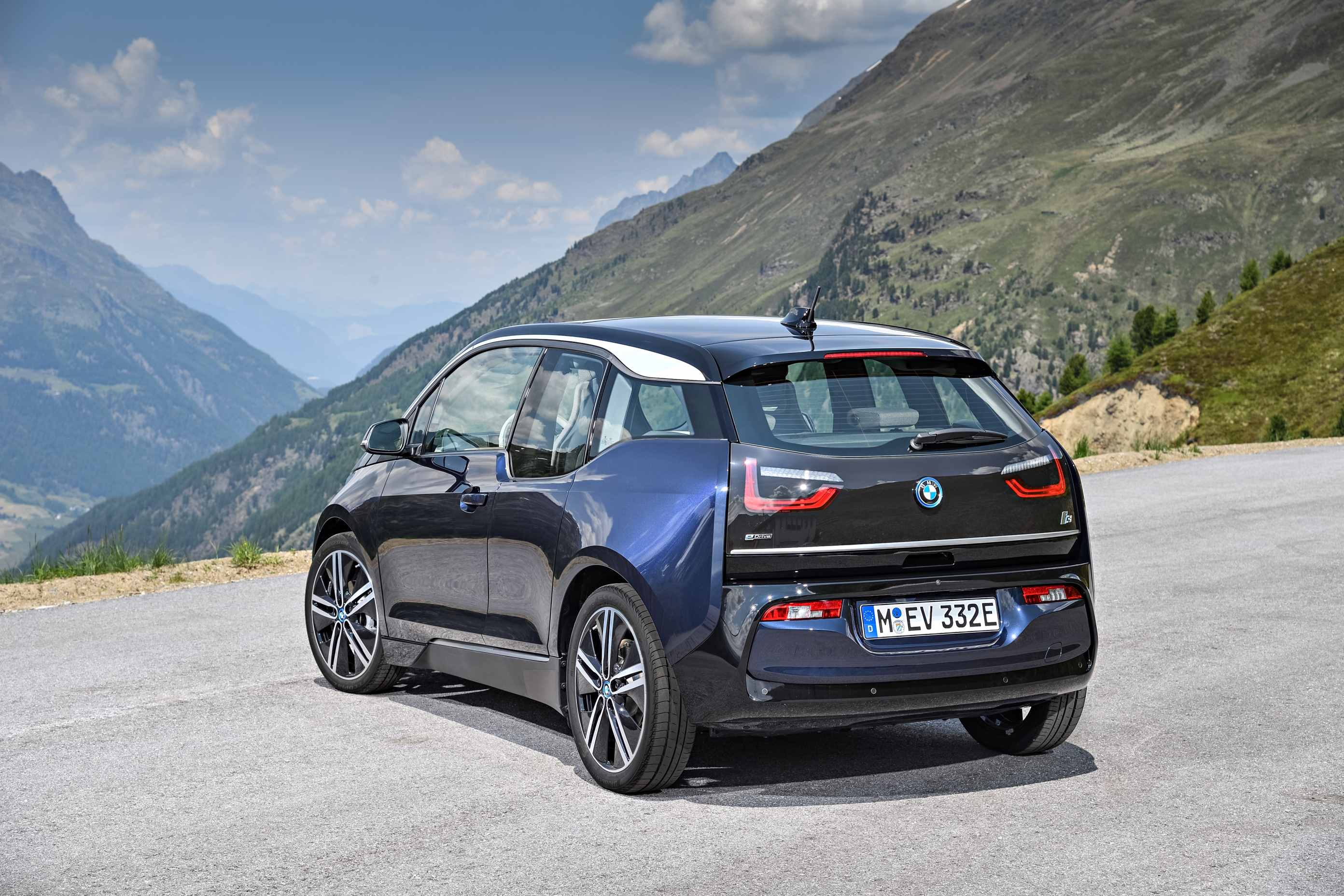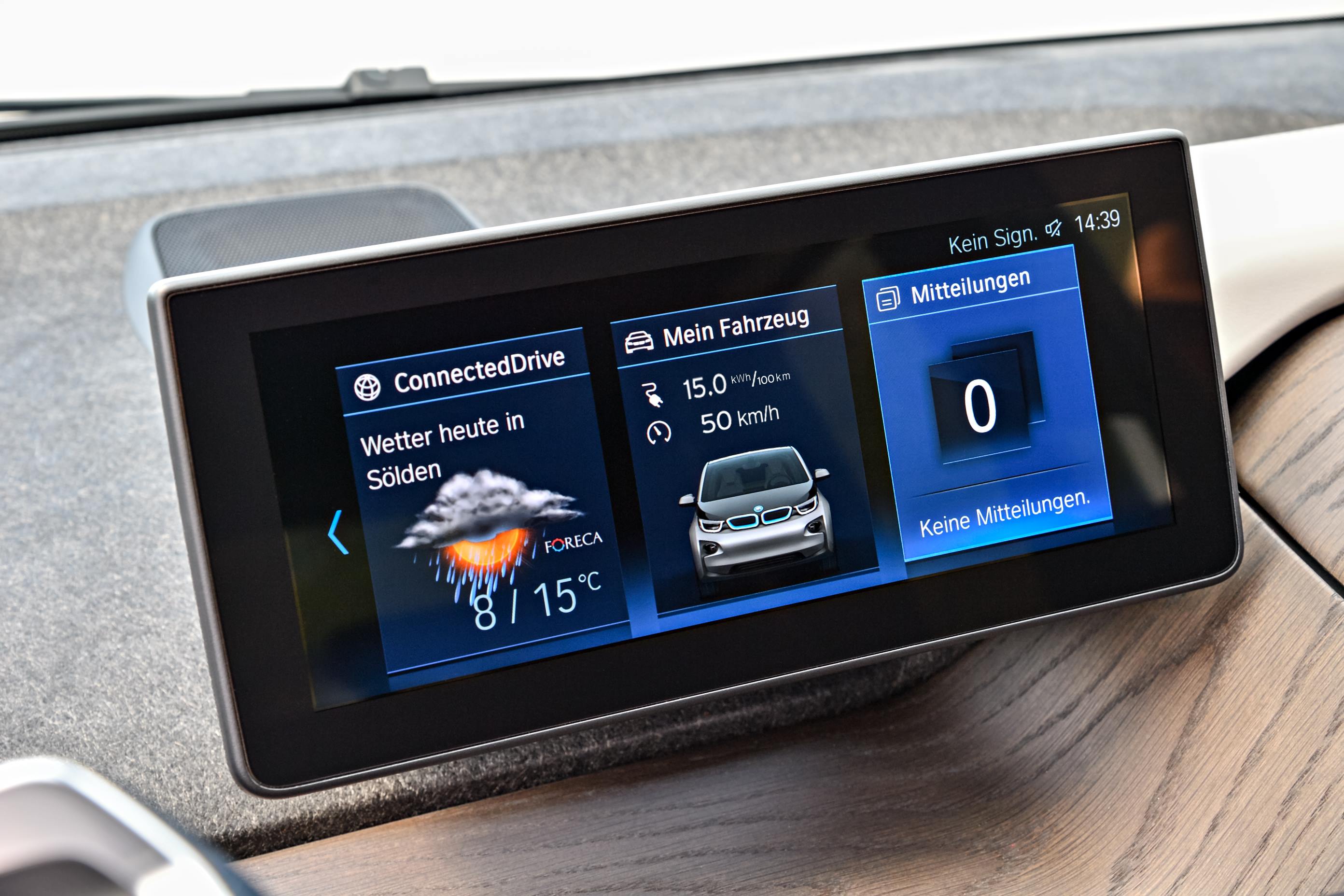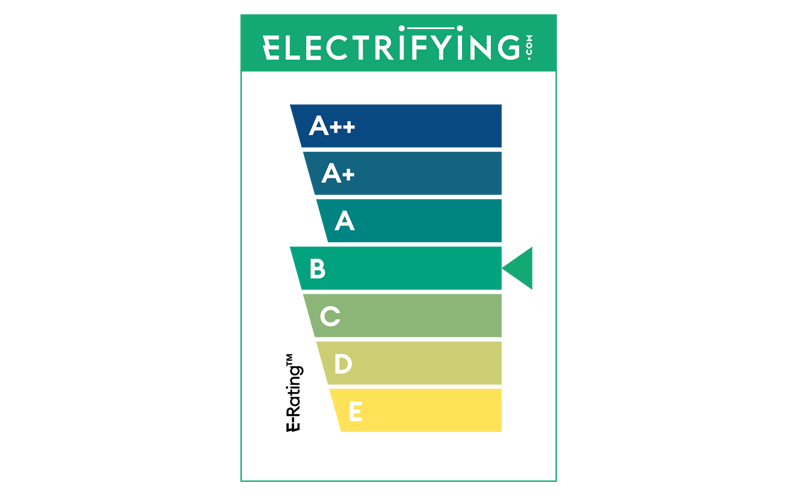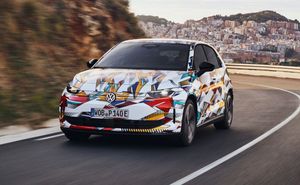Range
The 182 miles of range offered by the i3 once seemed amazing. The combination of a large battery and lightweight body meant the BMW was efficient, so made good use of the 42kW powerpack to ensure that an i3 driver could get from London to Brighton and back without needing to charge. But it seems less impressive now that cheaper electric cars like the Peugeot e208 and Renault Zoe can break the 200-mile barrier for a lot less money.
On the plus side, the BMW makes more efficient use of the power you feed it and is more economical than almost all of its rivals.
Battery
The battery pack in an i3 is installed deep under the floor in a thin sandwich which keeps the interior uncluttered and doesn’t eat into the space for passengers or luggage. Since the car was originally launched in 2013, the powerpack has been continually upgraded to keep pace with technology, so it now holds an impressive 42kWh. It also has a cooling system that keeps it at the best operating temperature, as batteries don’t like extremes of cold or heat. This should help extend the battery life and means the i3 should be able to accept several fast charges in a day without overheating.
Charging
The i3 uses the most common types of charger – Type 2 for low-powered AC feeds at home or work and CCS for DC rapid charges at while you are on a longer journey or doing a big weekly charge.
Despite the i3 being comparatively elderly for an electric car it can take an AC connection at up to 11kW rather than the usual 7kW. If you can find (or install) a suitable charger it will mean faster top ups, or help you save on electricity by scheduling the car to charge when the rate is cheaper in the middle of the night.
DC charges can still only be done at 50kW though – that’s slow compared to newer rivals.











